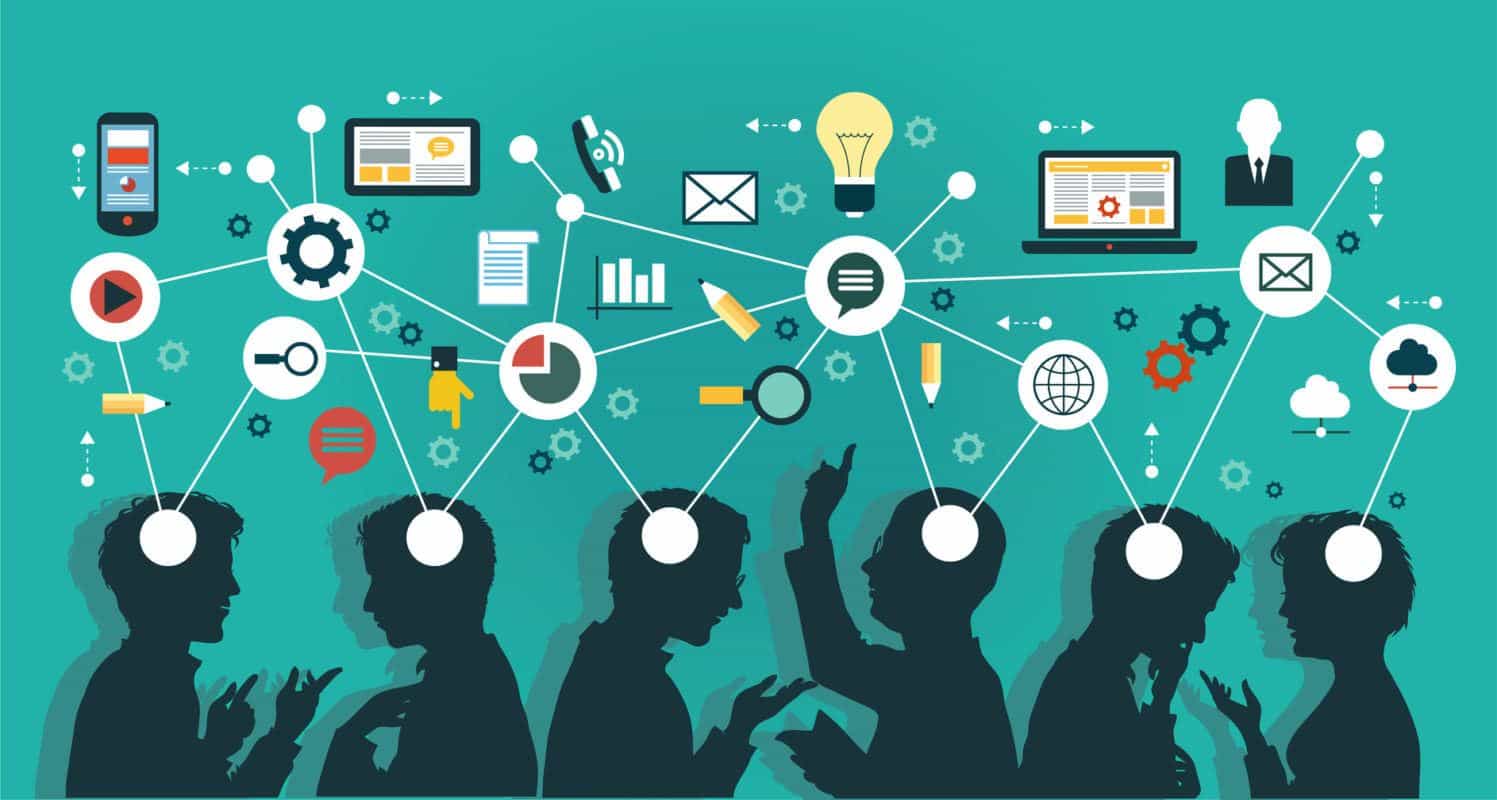A Guide to Technology-Enabled Human Resources

Many HR professionals have a love/hate relationship with technology. Author Deborah D. Waddill’s new book, Digital HR: A Guide to Technology-Enabled Human Resources (SHRM, 2018), provides advice intended to help ease their anxiety. Waddill, director of leadership courses at George Washington University’s School of Medicine and Health Sciences and an expert on HR leadership and technology, explains how readers can optimize the use of technology within the HR profession. Her book covers areas such as which new programs are reshaping the field in all the best ways (and which technologies to avoid) and how to e-recruit new hires and establish a secure electronic feedback loop.
Waddill cites five technology trends as the most influential on HR and goes on to discuss their potential benefits in detail:
- Social media and social networking. Social media encompasses content-sharing websites such as Twitter, YouTube, and Pinterest, while social networking applies to community-building platforms such as Facebook, Google Plus and LinkedIn. HR professionals can utilize the functions of both tools—for example, using social networking sites for community-based input and employee collaboration and using social media platforms as avenues through which to share information with employees.
- “Big data” and data analytics. Analyzing large datasets to discover patterns, correlations and trends forms the foundation of the benefits that data analytics can provide for the HR function. Data analytics “is used by HR to find trends and patterns in employee feedback, predict turnover and hiring needs, perform succession planning, identify pockets of increased employee engagement, and influence benefits-and-rewards decision making,” Waddill writes.
- Mobile computing. The key benefit of mobile computing is the ability to access data from anywhere using wireless technology and a Wi-Fi connection. Employees and consumers no longer have to rely on a desktop computer station to access or share information.
- Cloud computing. The shared computing resources that make up cloud computing generate areas of cost savings for the HR profession. “The idea is that savings are realized because the parent company doesn’t have to make capital investments in hardware or software, allowing an ‘asset-light’ approach,” Waddill writes.
- Internet of Things. The Internet of Things can be defined as the web of devices outside of typical smartphones and tablets that can be connected to the Internet—such as cars, appliances, sensors and monitors. These devices can connect to the Internet as well as to each other, providing a way for HR professionals to share information and simplify employee data.
As technology increasingly becomes an integral aspect of the business profession across the globe, a great opportunity is opening up for HR professionals. In leveraging these growing technology trends to advance the HR profession as a whole, and to elevate their own roles by incorporating innovation into the workplace, HR can demonstrate its unique expertise.

